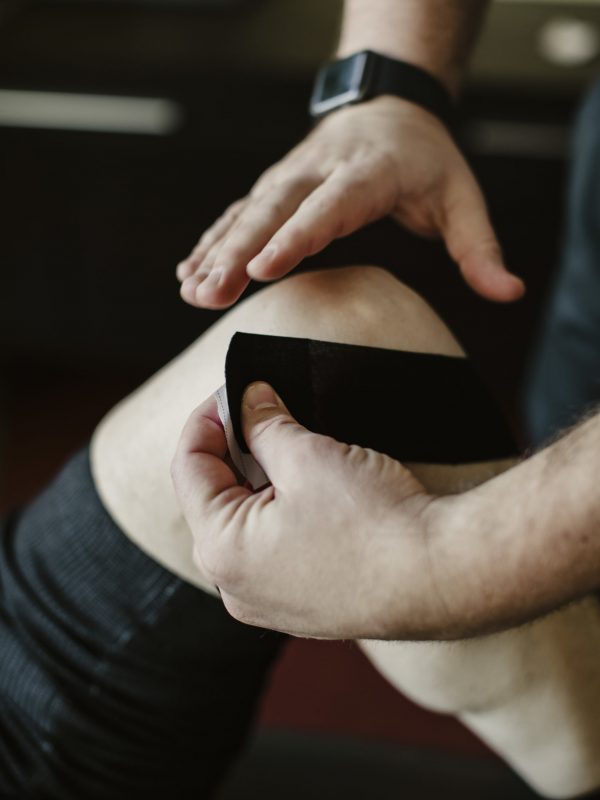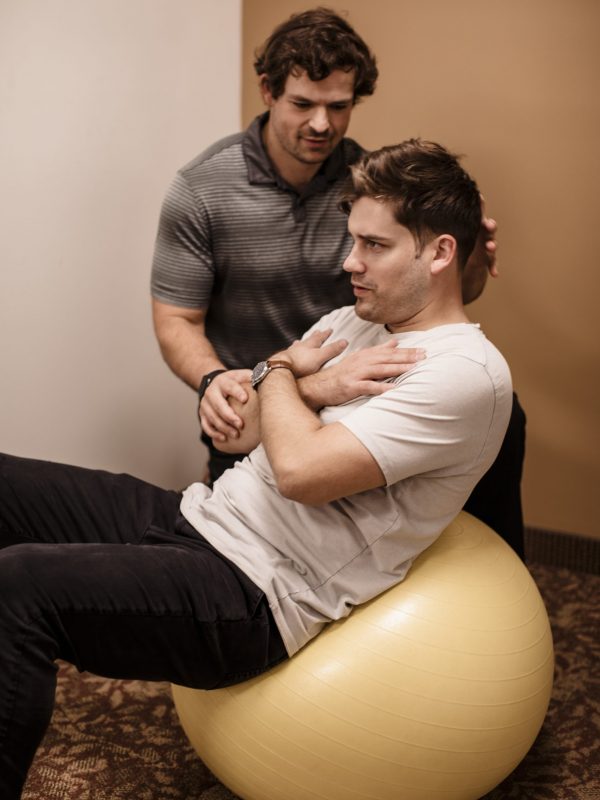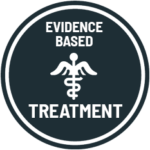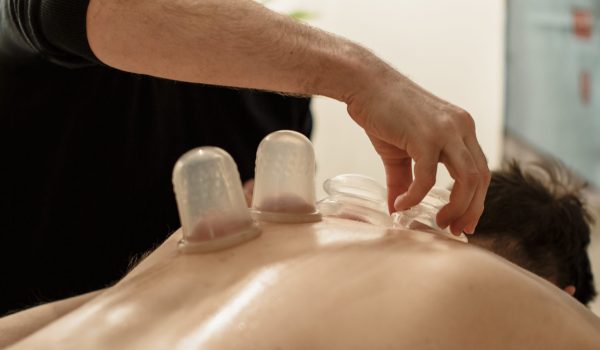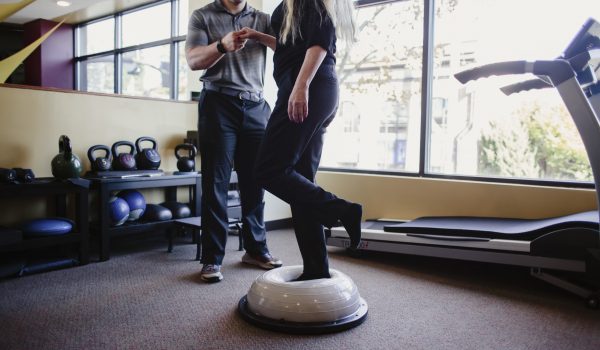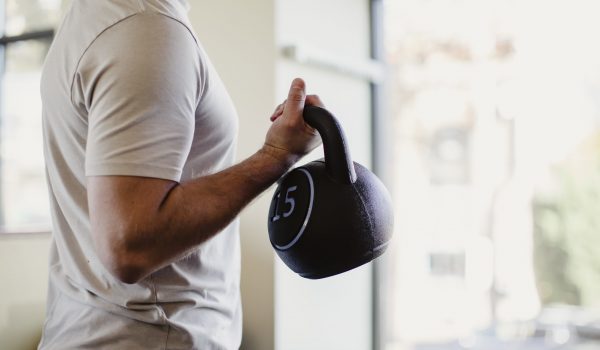By addressing pain and functional limitations, physiotherapy contributes to an improved overall quality of life, enabling individuals to engage in daily activities with greater ease and comfort.
In summary, physiotherapy for the lower body offers a holistic approach to rehabilitation and wellness, encompassing pain management, functional improvement, and preventative strategies. The individualized nature of physiotherapy ensures that treatment plans are tailored to specific needs and conditions.
Pain Relief:
Physiotherapy employs various techniques, such as manual therapy, stretching, and modalities, to reduce pain and discomfort associated with hip, leg, and foot injuries.
Improved Mobility and Range of Motion:
Customized exercise programs help restore and enhance joint mobility, flexibility, and overall range of motion, allowing individuals to move more freely.
Muscle Strength and Stability:
Targeted strength training exercises focus on building and restoring muscle strength, improving stability in the hips, legs, and feet. This is crucial for functional movement and injury prevention.
Postural Correction:
Physiotherapy addresses postural issues that may contribute to hip, leg, or foot pain. Correcting posture can alleviate strain on joints and muscles, promoting better overall alignment.
Balance and Coordination:
Rehabilitation programs often include exercises to improve balance and coordination, reducing the risk of falls and enhancing overall stability.
Prevention of Future Injuries:
Physiotherapy educates individuals on proper biomechanics and movement patterns, helping prevent the recurrence of injuries and reducing the risk of new ones.
Rehabilitation After Surgery:
Physiotherapy plays a crucial role in post-surgical rehabilitation for procedures involving the hips, legs, or feet. It helps manage pain, promote healing, and restore function.
Management of Chronic Conditions:
Physiotherapy can be beneficial for individuals with chronic conditions such as arthritis or neurological disorders affecting the lower extremities. It helps manage symptoms and improve overall function.

